Pi Network introduce First crypto currency mining app to mobile platform, to join and download miner app please click below button and use invitation code ” impiza “.
What makes Pi different ?
- Mining crypto is hard.
- Investing in crypto is risky.
- Too many of us are left out of the cryptocurrency revolution.
- Pi makes crypto mining easy
- Breakthrough tech allows you to mine on your phone without draining your battery.
Decentralized
Secure, Immutable, non-counterfeitable and interoperable digital money.
Mobile First
Works on your mobile phone and does not drain your battery.
User & Planet-Friendly
Easy to use security at scale, without the massive electrical waste.
use above link, it will guide you to Pi network official website.
Currently Pi not yet listed on exchanges and you can’t buy it with any currency, the only way to install pi app and start working using invitation code.
Do not download any apps outside Pi network
by clicking download button, it will redirect you to official android play store, install the app.
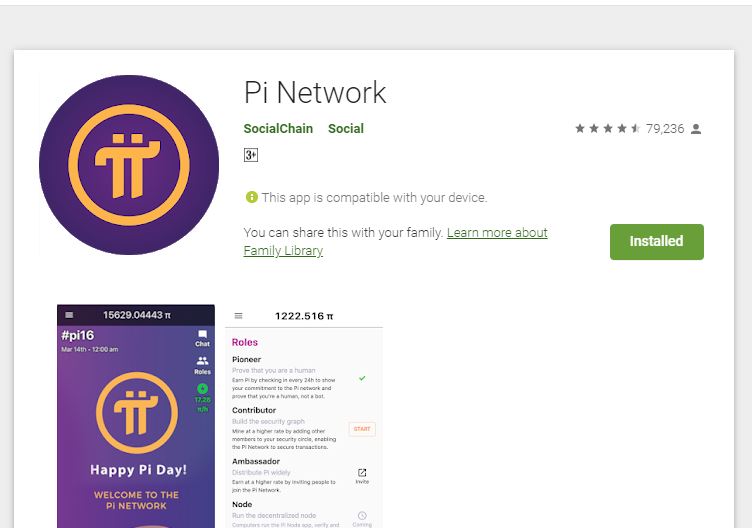
Open your application, now type “Your desired username”, remember if you invite your friends in the future you have to use this as your invitation code,
there are 2 types of verification available
- Phone Number
you have to choose one of those, this will help you to retrieve your pi miner if you phone is lost.
Remember “Yon only use one device at a time”
Finally use invitation code ” impiza “, now you can start mining, you need to open miner at least once every day. by doing so you can also verify your team members are mining or not, if they are not mining you can ping them and notify.

Introduction: Why cryptocurrencies matter
Currently, our everyday financial transactions rely upon a trusted third party to maintain a record of transactions. For example, when you do a bank transaction, the banking system keeps a record & guarantees that the transaction is safe & reliable. Likewise, when Cindy transfers $5 to Steve using PayPal, PayPal maintains a central record of $5 dollars debited from Cindy’s account and $5 credited to Steve’s. Intermediaries like banks, PayPal, and other members of the current economic system play an important role in regulating the world’s financial transactions.
However, the role of these trusted intermediaries also has limitations:
- Unfair value capture. These intermediaries amass billions of dollars in wealth creation (PayPal market cap is ~$130B), but pass virtually nothing onto their customers – the everyday people on the ground, whose money drives a meaningful proportion of the global economy. More and more people are falling behind.
- Fees. Banks and companies charge large fees for facilitating transactions. These fees often disproportionately impact lower-income populations who have the fewest alternatives.
- Censorship. If a particular trusted intermediary decides that you should not be able to move your money, it can place restrictions on the movement of your money.
- Permissioned. The trusted intermediary serves as a gatekeeper who can arbitrarily prevent anybody from being part of the network.
- Pseudonymous. At a time when the issue of privacy is gaining greater urgency, these powerful gatekeepers can accidentally disclose — or force you to disclose — more financial information about yourself than you may want.
Solution: Pi - Enabling mining on mobile phones
After identifying these key barriers to adoption, the Pi Core Team set out to find a way that would allow everyday people to mine (or earn cryptocurrency rewards for validating transactions on a distributed record of transactions). As a refresher, one of the major challenges that arises with maintaining a distributed record of transactions is ensuring that updates to this open record are not fraudulent. While Bitcoin’s process for updating its record is proven (burning energy / money to prove trustworthiness), it is not very user (or planet!) friendly. For Pi, we introduced the additional design requirement of employing a consensus algorithm that would also be extremely user friendly and ideally enable mining on personal computers and mobile phones.
Roadmap / Deployment plan
Phase 1 – Design, Distribution, Trust Graph Bootstrap.
The Pi server is operating as a faucet emulating the behavior of the decentralized system as it will function once its live. During this phase improvements in the user experience and behavior are possible and relatively easy to make compared to the stable phase of the main net. All minting of coins to users will be migrated to the live net once it launches. In other words, the livenet will pre-mint in its genesis block all account holder balances generated during Phase 1, and continue operating just like the current system but fully decentralized. Pi is not listed on exchanges during this phase and it is impossible to “buy” Pi with any other currency.
Phase 2 – Testnet
Before we launch the main net, the Node software will be deployed on a test net. The test net will use the same exact trust graph as the main net but on a testing Pi coin. Pi core team will host several nodes on the test net, but will encourage more Pioneers to start their own nodes on the testnet. In fact, in order for any node to join the main net, they are advised to begin on the testnet. The test net will be run in parallel to the Pi emulator in phase one, and periodically, e.g. daily, the results from both systems will be compared to catch the gaps and misses of the test net, which will allow Pi developers to propose and implement fixes. After a thorough concurrent run of both systems, testnet will reach a state where its results consistently match the emulator’s. At that time when the community feels its ready, Pi will migrate to the next phase.
Phase 3 – Mainnet
When the community feels the software is ready for production, and it has been thoroughly tested on the testnet, the official mainnet of the Pi network will be launched. An important detail is that, in the transition into the mainnet, only accounts validated to belong to distinct real individuals will be honored. After this point, the faucet and Pi network emulator of Phase 1 will be shut down and the system will continue on its own forever. Future updates to the protocol will be contributed by the Pi developer community and Pi’s core team, and will be proposed by the committee. Their implementation and deployment will depend on nodes updating the mining software just like any other blockchains. No central authority will be controlling the currency and it will be fully decentralized. Balances of fake users or duplicate users will be discarded. This is the phase when Pi can be connected to exchanges and be exchanged for other currencies.
Types of Pi Users
- Pioneer. A user of the Pi mobile app who is simply confirming that they are not a “robot” on a daily basis. This user validates their presence every time they sign in to the app. They can also open the app to request transactions (e.g. make a payment in Pi to another Pioneer)
- Contributor. A user of the Pi mobile app who is contributing by providing a list of pioneers he or she knows and trusts. In aggregate, Pi contributors will build a global trust graph.
- Ambassador. A user of the Pi mobile app who is introducing other users into Pi network.
- Node. A user who is a pioneer, a contributor using the Pi mobile app, and is also running the Pi node software on their desktop or laptop computer. The Pi node software is the software that runs the core SCP algorithm, taking into account the trust graph information provided by the Contributors.
I will include mining using node in the future blog.
Happy Mining

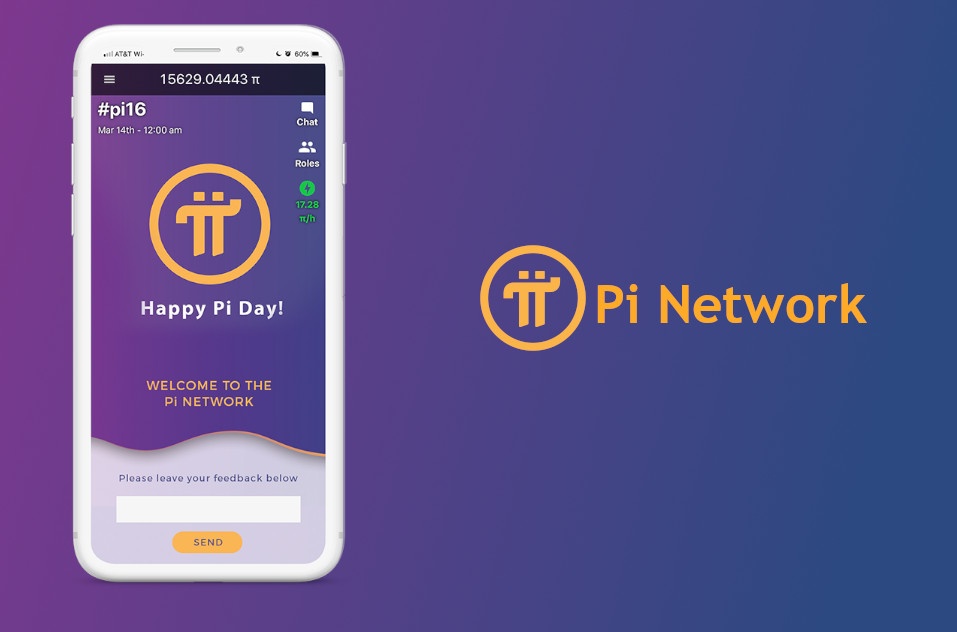
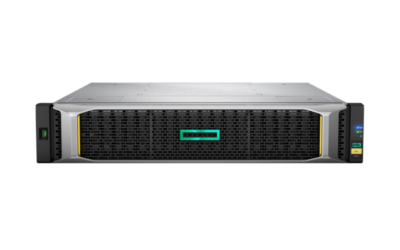

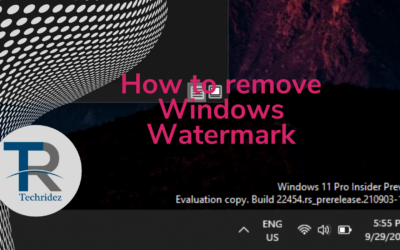

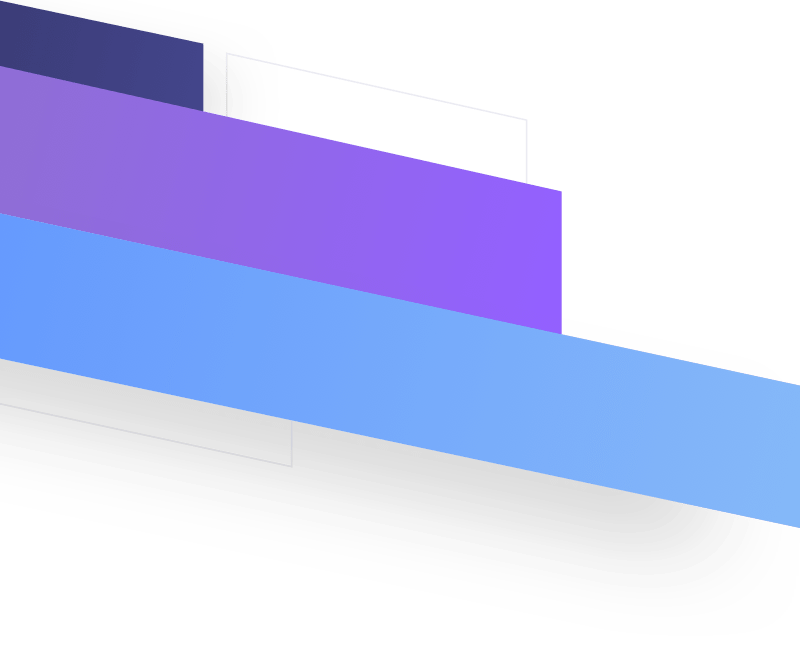
0 Comments